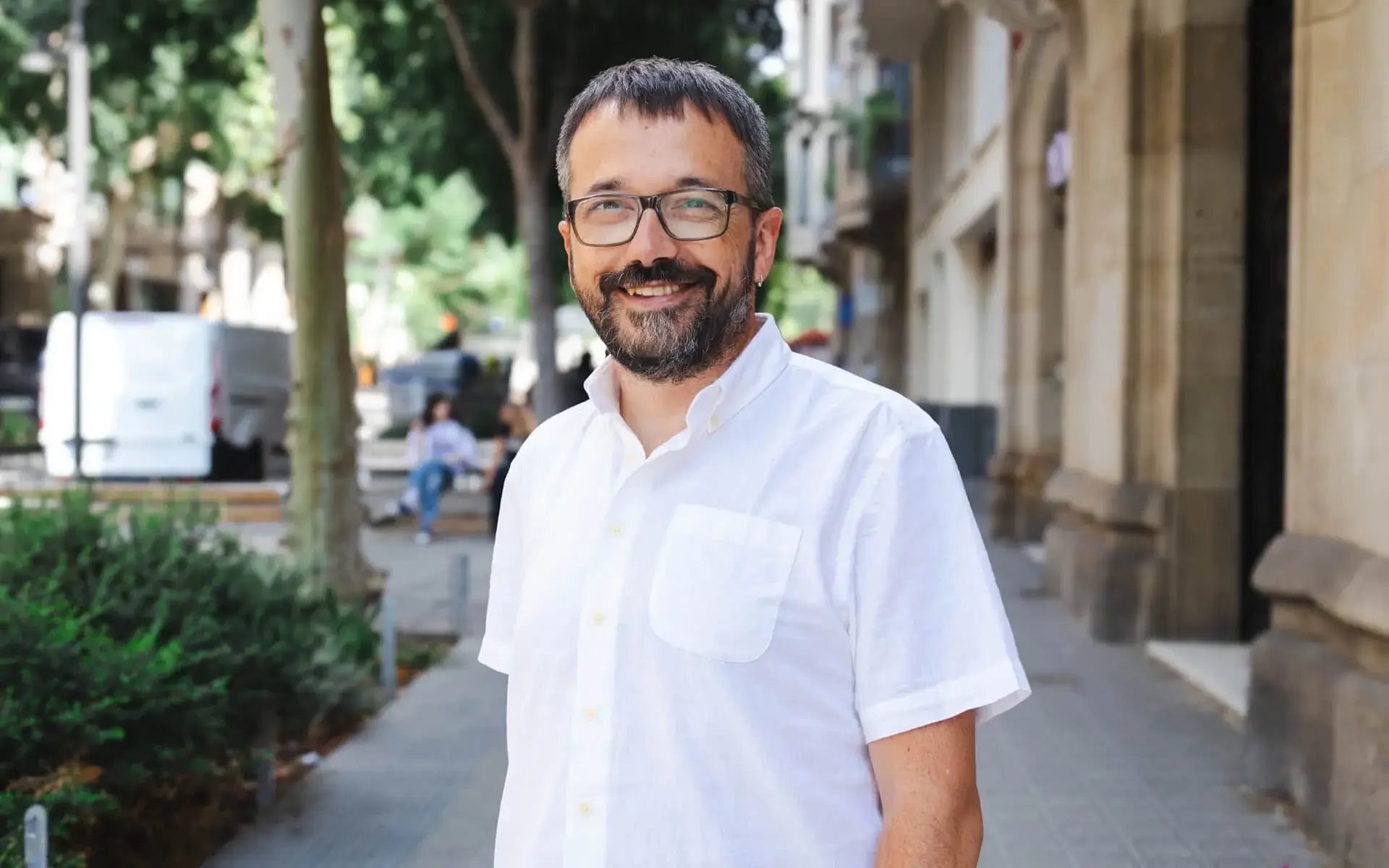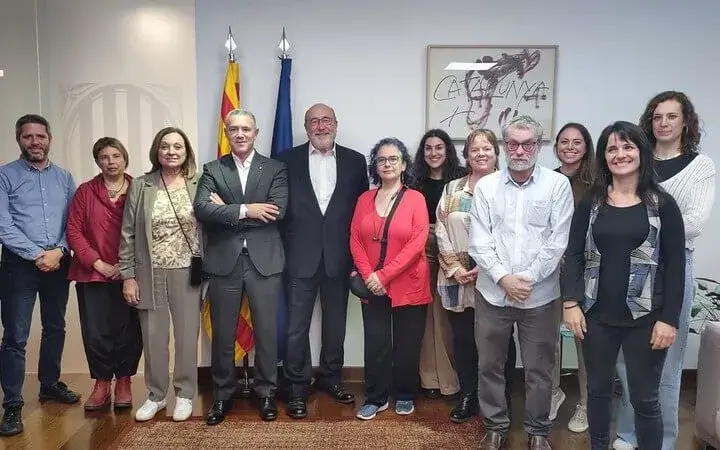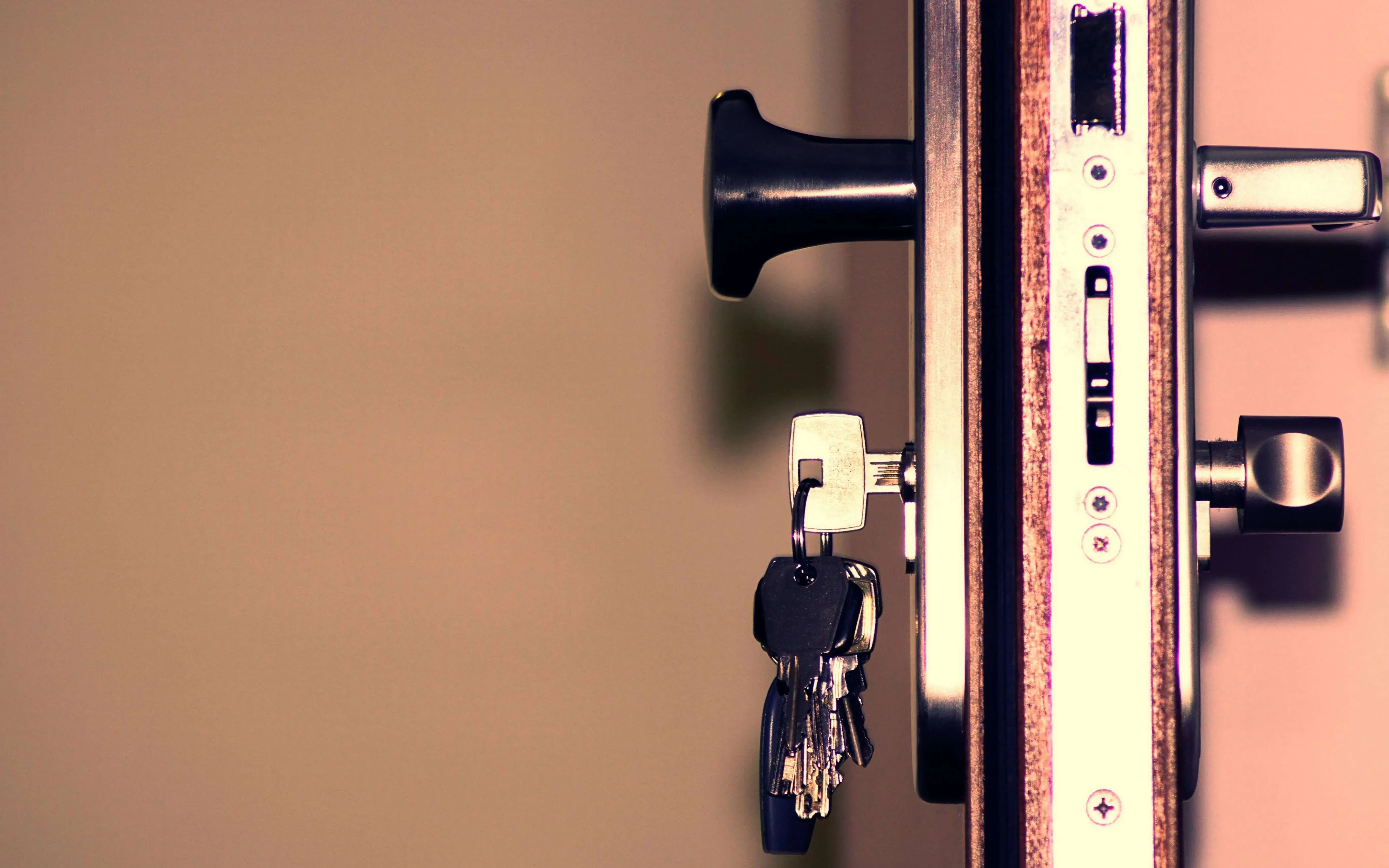Joan Carles Montes: "Today it's called a circular economy, but in reality it's been done all my life"
The Humana Foundation is a Catalan organization that was born in 1987 in Barcelona. It has been dedicated to the collection and reuse of clothes for 36 years, and is present throughout Spain.
Joan Carles Montes, spokesman for The Humana Foundation, details the process that a piece of clothing follows from the time it is collected in its containers until it is sold or recycled. He argues that the second-hand clothing sector is still very limited, but it is becoming increasingly popular among citizens, especially among young people.
Humana gives clothes a second life. What is the process?
First we sign an agreement with the city council to install collection containers on the public road, or with private companies to put them on private land with public access. People leave their laundry bags there, and we empty them up to three times a week and take them to the reuse plant. Once on the ship, the clothes are weighed and reports are sent to the town councils about it.
Then we open each bag and manually determine the condition of each piece. We look at key points such as the armpits or neck, if buttons are missing, if there is wear... We also define characteristics such as material or age range. According to these criteria the piece is allocated. Those that are in good condition are sold directly, both in Catalonia and abroad. On the other hand, those that don't are sent to companies dedicated to recycling, and become blankets, mats... Finally, there is a very small part that is impossible to reuse and goes to landfill.
What percentage is recovered?
We are able to give a second life to 90% of the clothes we collect. This is a lot, but the waste agency calculates that only 12% of the clothes that Catalans get rid of are collected for sorting. Everything else goes in the trash.
Why are the reports you mention necessary?
First, because it is a commitment with the town councils. We sign an agreement that is a commitment to collect waste, in this case, textiles. This means that you must inform the council of the number of containers we have and the kilos of clothes we recover. We are also obliged by the waste agency.
In addition, we also want it to be clear how much clothing we collect, what goes into the plant and what goes out.
It is also a matter of transparency, then.
Yes, because there is still a lot of awareness missing about what is done with these clothes that people leave in the bins. We sell clothes because our goal is to turn textile waste into a resource, especially economic, because it serves, on the one hand, to finance our activity, because we don't have any kind of subsidy, and to manage the clothes we need resources.
On the other hand, the profits we generate are dedicated entirely to financing development cooperation projects. Therefore, our activity has an environmental and ethical purpose.
Is ignorance one of the obstacles in the sector?
exactly There are people who think that we sell clothes in street markets, in parallel. But the truth is that every kilo we get enters the plant and is classified.
Another obstacle to the reuse of clothes, by the way, is the lack of containers and collection points. And to this we must add that there are times when container thefts occur in which organized groups destroy the equipment and sell the clothes on their side.
Why is it important to incorporate reuse into citizens' consumption patterns?
Especially for the replacement fee, which is the possibility of acquiring a second-hand or inherited piece, or in any alternative way, and not buying it new in stores. Currently, 70% of people who shop at Humana stores say that once they buy a piece there, they no longer look for a new one.
This means that the production of new pieces is being avoided, so we save the ecological footprint and contribute to the exploitation that characterizes fashion production. This is important because it all adds up: currently, we buy clothes in excess of our needs, 40% of the clothes in our wardrobe are new. We sometimes receive items with tags.
In the end it is to implement the circular economy.
Yes, we work for that. We manage something that no longer serves a person and give it a second life. It's an example of circular economy and sustainability, today it's called that, but in reality it's been done all my life, this thing of inheriting and exchanging clothes.
But for a model change, is reuse enough?
Prevention is key. We have to change the attitude a little at European level, and follow the guidelines that the European Union has already implemented: a hierarchy of waste. This is an inverted pyramid ordered from best to worst waste practice. Above all, therefore, there is prevention: the best way to manage a waste is not to generate it. The second level is reuse, and this is where our activity comes in.
The third and fourth degrees are reuse: recycling and transformation into energy or fuel. And finally there is the worst practice, the landfill. Thus, we are already on the way to a change of model, because this hierarchy has been applied for some time, but little by little.
From Humana, do you also raise awareness in this regard?
There is a lack of information, awareness and awareness among society. Many people manage waste such as plastic or other debris, but this does not happen with clothes. They don't know it can be reused, they don't have a bin nearby or they don't trust it. There is a great lack of knowledge. That's why it's important for us to explain the reality and be transparent, to spread the word about what we do with the clothes.
However, there seems to have been an increase in the use of recycled textiles. What do you think it is?
We noticed this directly after the pandemic. The second-hand market has recovered very well, and this, in our case, is thanks to the donations in the bins, and the fact that people see that the products are affordable and of good quality.
In addition, social and environmental awareness has also increased, the motivation to consume responsibly. And this is in addition to the fact that prejudices towards second-hand clothes are being removed among the youth, especially thanks to vintage fashion, and the fact that people are looking for items that are out of the fashion cycle fast, they want more unique and personal pieces that they won't find in a Zara window.
But how to involve citizens who are still reluctant to consume second hand to make them part of a solution to a problem that is not directly their fault?
What is true is that the pressure from the large textile sector is enormous. The pressure to buy, to change clothes every two weeks, to follow fashion. It is a very powerful sector that has a huge economic investment and an enormous environmental and resource expenditure. And here is a reuse can take strength. It is still a small activity, yes, but with an increasingly social base, which is already perceived as a sustainable alternative and which is fully accepted in many countries.
However, sometimes access to second-hand clothes is not easy. We, for example, have many shops in Barcelona, but little else, because in order for them to be profitable, a large influx of people is needed. But little by little, there is more and more supply, and the more supply the better, because feedback dynamics are generated between all the alternatives. There are lots of clothes to donate, collect and wear again, so the more initiatives, the better.







Add new comment